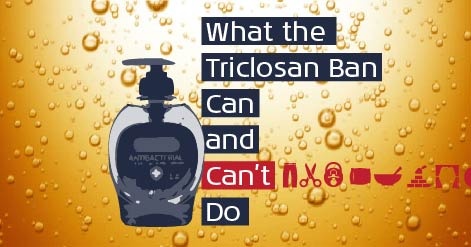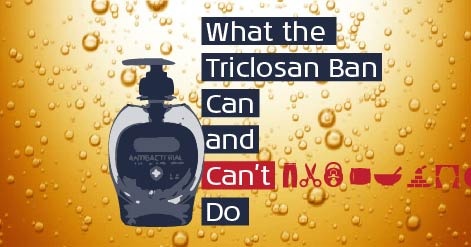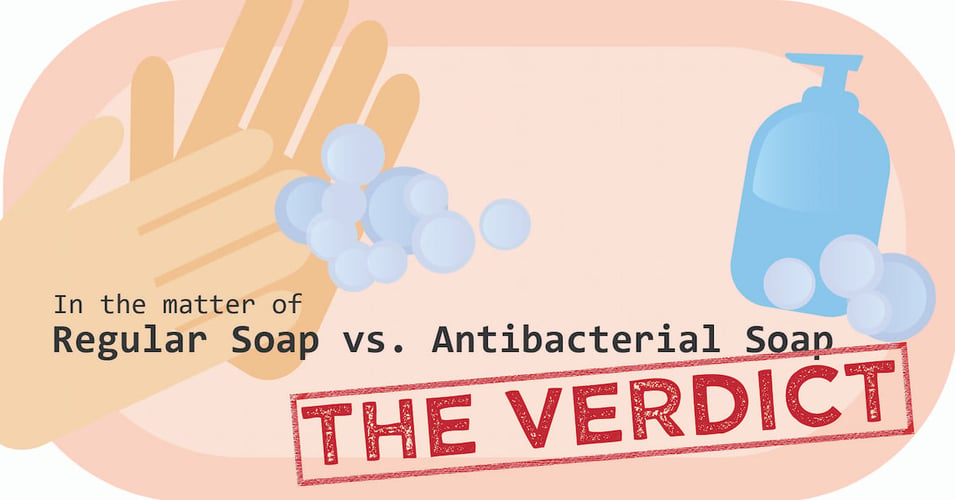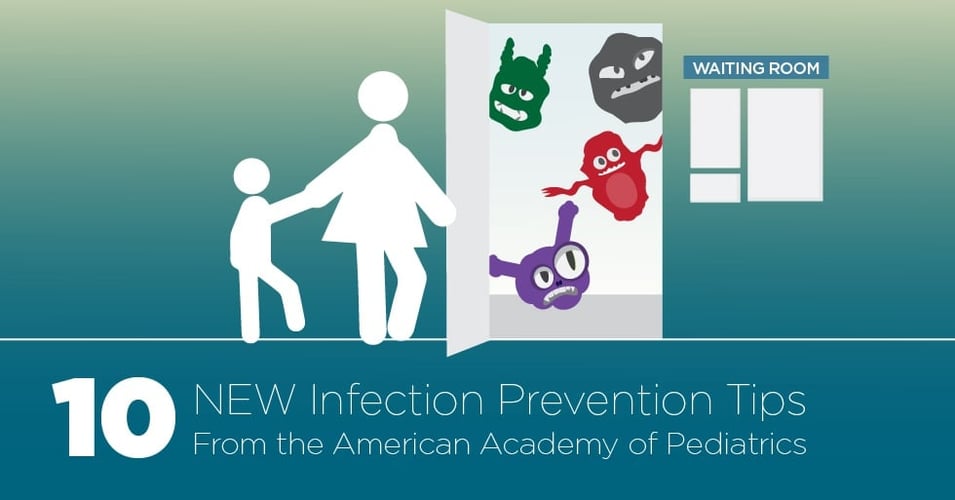What the Triclosan Ban Can - and Can't - Do

 As of this month, consumer products regulated by the Food and Drug Administration (FDA) can no longer contain triclosan and 18 other ingredients touted as "antibacterial." After decades of research and a consensus paper signed by 200 scientists from 29 countries, the FDA published its Final Rule, banning these products as of September 6, 2017. Today's post will present an overview of the research that underpins this decision, as well as a warning about those products not covered by the ban.
As of this month, consumer products regulated by the Food and Drug Administration (FDA) can no longer contain triclosan and 18 other ingredients touted as "antibacterial." After decades of research and a consensus paper signed by 200 scientists from 29 countries, the FDA published its Final Rule, banning these products as of September 6, 2017. Today's post will present an overview of the research that underpins this decision, as well as a warning about those products not covered by the ban.
Triclosan was developed in the early 1970s as an antibacterial scrub for hospitals. Used in a concentrated form and following healthcare protocols, triclosan posed no risk to the physician, the patient, or the general public. However, as the decades passed, manufacturers of consumer products such as soaps and cosmetics began adding triclosan into their formulas and selling them to the public as having "antibacterial" properties. These products proved extremely popular, leading to a surge in "antibacterial" products in the 1990s. By 2000, triclosan was in 75% of liquid hand soaps alone.
In 2002, a scientist from Arizona State University, Dr. Rolf Halden, began studying the impact of these "antibacterial" products and their impact on human health and the environment. He wanted to know if triclosan, chemically similar to pesticides that were banned in the 1970s (DDT and PCBs), could be having a greater impact than the public realized. It took 10 years of research, but in 2013 the FDA released a statement revoking triclosan's status as "Generally recognized as safe." At that point, the FDA requested evidence from manufacturers backing up their claims of benefits from triclosan and these other ingredients. When no research met their requirements, the FDA issued its "Final Rule" about triclosan and 18 other chemicals, banning its use in consumer products such as soap and cosmetics (see sidebar).
|
The 19 Chemicals Banned by the FDA
|
We can take some comfort from this month's ban, but not enough to rest easy. The FDA only regulates products that come into contact with our bodies - soaps, medicines, lotions, cosmetics, etc. Products that tout "antibacterial" properties such as clothes, toys, building materials, office supplies and countless other items are regulated by the EPA, which has so far not banned triclosan as an additive ingredient. This means that these product manufacturers can still claim their products have "antibacterial" properties or can hide the presence of triclosan altogether.
The FDA's ruling is not just about having no evidence of benefit - it's also about having evidence of harm. Numerous studies have demonstrated how our bodies retain triclosan in our tissues, even over decades. This persistent chemical can cross the placental barrier, entering the bodies of developing babies. It has been found in urine, breast milk, and blood, demonstrating that even skin contact with triclosan can mean the chemical can enter the body's systems. And once it is in the body, it has been shown to have endocrine-disrupting effects, meaning it changes the way our bodies regulate hormones. Animal studies have shown that triclosan can effect sexual maturation, can lead to premature births and miscarriage, as well as possibly link to tumor formation. And as with many antibacterial ingredients, triclosan can lead to greater resistance in bacteria, making them harder to kill with conventional medicines and products.
Our job as consumers may be harder, but it's not impossible. If you are considering a product that claims to be "antibacterial" - scissors, pants, pillows, etc. - do your research and find out what ingredient is used. If it is one of the chemicals now banned by the FDA, consider looking for another product. Remember, triclosan can enter your body simply by making contact with your skin, and once it's in your body, it can stay for decades.
![EOScu Logo - Dark - Outlined [07182023]-01](https://blog.eoscu.com/hubfs/Eoscu_June2024/Images/EOScu%20Logo%20-%20Dark%20-%20Outlined%20%5B07182023%5D-01.svg)




